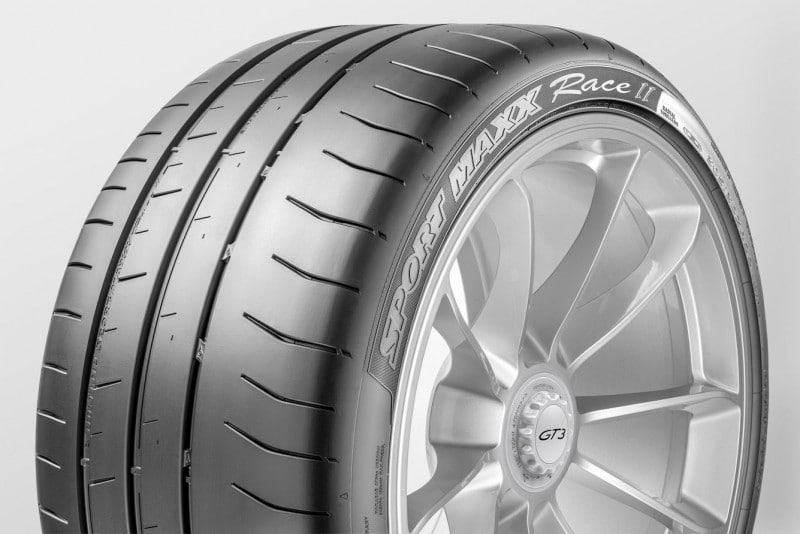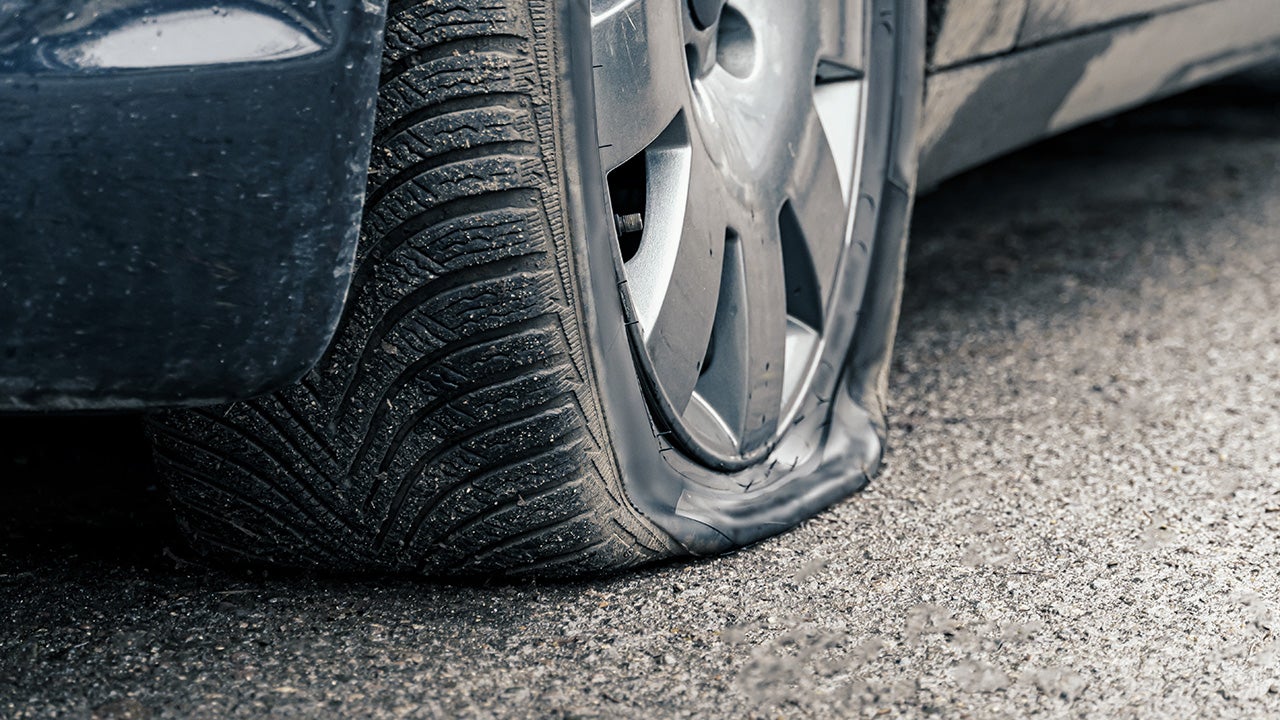All Categories
Featured
Table of Contents
The Michelin provided a comfortable driving experience, characterised by receptive guiding and a progressive understeer equilibrium. Regardless of the cooler testing conditions, Michelin's constant time and grip over 3 laps indicates its viability for real-world applications. Conversely, Yokohama's efficiency was distinct. While its super-quick guiding caused a fast front axle turn, the back showed a propensity to swing more.
Another significant aspect was Yokohama's warm-up time. The tire's very first lap was a 2nd slower than the second, indicating a temperature-related hold boost. This recommends the Yokohama may shine in completely dry, race-like conditions. However, for day-to-day usage, the Michelin could be a more secure bet. Successor was the Hankook.
Vehicle Tyres Near Me – Malaga 6090 WA
It shared Michelin's secure understeer balance however lacked the latter's determination to turn. Continental and Goodyear's performances were noteworthy, with Continental's new PremiumContact 7 revealing a considerable enhancement in wet conditions contrasted to its predecessor, the PC6. This design was far much less delicate to load adjustments and acted a lot like the Michelin, albeit with somewhat less communication at the restriction.
It integrated the risk-free understeer balance of the Michelin and Continental with some stylish handling, showing both predictable and fast. As an all-rounder for this Golf GTI, Goodyear's Asymmetric array was the standout, showing outstanding efficiency in the wet. Ultimately, the Bridgestone Potenza Sporting activity took the crown as the fastest tyre, albeit by a tiny margin.
This tire got grippier as it heated up, similar to the Yokohama. Motorists looking for an interesting damp drive could locate this tire worth taking into consideration. The standout entertainer in damp braking was the newest tire on test, the PremiumContact 7, though the outcomes are nuanced. We performed wet braking examinations in three various methods, two times at the brand-new state and when at the worn state.
Best Cheap Car Tyres – Swan
Preferably, we desired the chilly temperature examination to be at around 5-7C, but logistical hold-ups indicated we checked with an ordinary air temperature of 8C and water at 12C. While this was cooler than typical test conditions, it was still warmer than real-world conditions. The cozy temperature level test was done at an average of 18C air and 19C water.
The 3rd run included damp stopping examinations on worn tyres, especially those machined down to 2mm with a tiny confrontation. While we intended to do more with these used tires, weather constraints restricted our testing. It's worth noting that wet braking is most vital at the used state, as tires usually enhance in completely dry problems as they put on.

It shared the most substantial performance drop, alongside the Yokohama, when put on. Bridgestone, Goodyear, and Michelin saw the least efficiency decrease when worn. Nevertheless, Bridgestone and Goodyear's efficiency dipped in cooler conditions. The Hankook tire registered the smallest efficiency drop as temperature levels cooled, however it was amongst one of the most influenced when put on.
Top Tyre Warranty Near Me
The take-home message below is that no single tire stood out in all facets of wet stopping, suggesting a complex interaction of factors affecting tyre efficiency under different conditions. There was a standout tyre in aquaplaning, the Continental completed top in both straight and curved aquaplaning, with the Michelin and Goodyear additionally very excellent in much deeper water.

Yokohama could gain from a little more grip, a problem potentially affected by the colder problems. As for handling, all tyres performed within a 2% range on the lap, showing their high-quality performance (Car tyres). Taking into consideration these tires basically target the exact same client, it's interesting to observe the considerable distinctions in feel.
The surprise is due to the fact that the PremiumContact 6 was one of my favourites for flashy dry drives, but its follower, the PremiumContact 7, seems elder and looks like Michelin's efficiency. Amongst these, Hankook was the least accurate in steering and interaction at the limitation. Low-cost tyres. Both Michelin and Continental offered beautiful first steering, albeit not the fastest
If I were to recommend a tyre for a rapid lap to a beginner, claim my papa, it would certainly be one of these. After that we have the 'enjoyable' tyres, particularly Yokohama and Bridgestone. Both were quick to steer and really felt sportier than the others, however the compromise is an extra spirited rear end, making them a lot more challenging to take care of.
Budget Tyres Near Me
It provided comparable guiding to Bridgestone yet used far better responses at the limit and far better grasp. The Bridgestone Potenza Sport, nevertheless, seemed to break down rather quickly after simply three laps on this requiring circuit. There's Goodyear, which positioned itself somewhere in between the fun tyres and those tending towards understeer.
Altogether, these tires are exceptional performers. For roadway usage, I 'd lean in the direction of either the Michelin or Goodyear, depending on your specific preferences. In terms of tyre wear, the technique utilised in this test is what the sector describes as the 'gold standard' of wear. The wear specialists at Dekra performed this test, which entailed a convoy of cars passing through a thoroughly prepared route for 12,000 kilometres.
Both the Bridgestone and Yokohama tyres considerably underperformed in comparison to the other 4 tires in regards to rolling resistance, with Continental somewhat outmatching the rest. Regarding the convenience level of the tires, as expected, the majority of showed an inverted relationship with handling. The Continental, Michelin, and Goodyear tires done finest across various surface types checked.

Bridgestone began to show signs of firmness, while Yokohama was particularly rough over fractures. We did gauge interior sound levels; nonetheless, as is typically the case, the results were closely matched, and because of weather restrictions, we were not able to carry out a subjective analysis of the tires sound. Ultimately, we looked at abrasion numbers, which measure the quantity of tyre walk lost per kilometre, normalised to a one-tonne automobile.
Cheap Tyres Near Me – Malaga
This number stands for the amount of rubber dirt your tires generate while driving. Michelin led in this classification, producing over 9% much less rubber particulate issue.
Latest Posts
Discount Tyres (Morley 6062 WA)
Reliable Low-cost Tyres
Reliable Budget Tyres Near Me – Koondoola WA